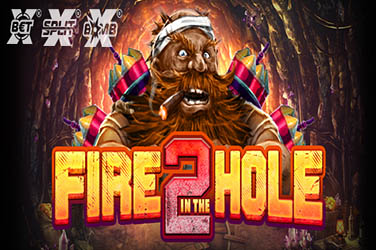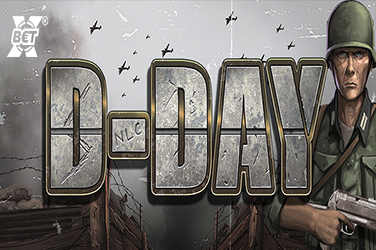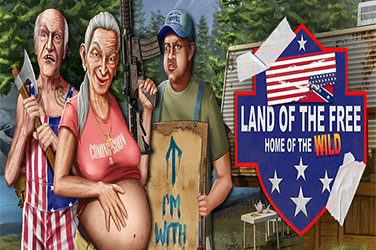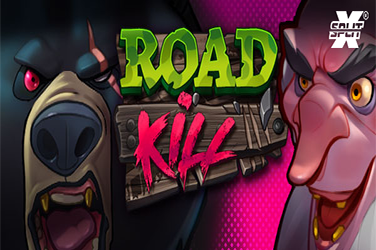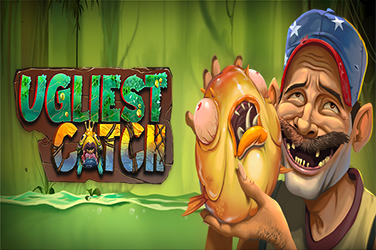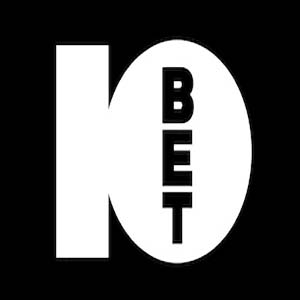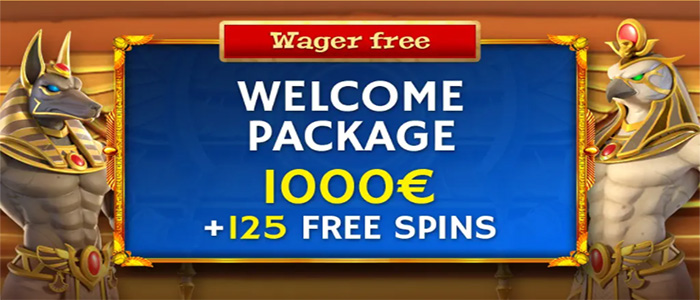Blackjack, also known as 21, is a cornerstone of casino gaming, captivating players with its blend of skill, strategy, and chance. This guide delves into the intricacies of the game, offering insights into strategies that can tilt the odds in your favor. Whether you’re a novice or a seasoned player, understanding the game’s fundamentals and advanced tactics is key to maximizing your enjoyment and potential winnings.
Understanding the Basics
Card Values and Game Objective
At its core, Blackjack involves comparing cards between the players and the dealer. The game uses a standard deck of 52 cards, where face cards (Jacks, Queens, and Kings) are valued at 10, and Aces can be worth either 1 or 11, depending on the player’s choice. The objective is to beat the dealer’s hand without exceeding a total of 21.
The Role of the Dealer
The dealer plays a pivotal role, operating under a strict set of rules: they must hit on 16 or below and stand on 17 or above, including soft 17 (a hand containing an Ace valued as 11). This rule is crucial for players to remember when devising their strategy.
Side Bets and Insurance: The Double-Edged Sword
Side bets and insurance add an extra thrill to Blackjack but come with higher risks. While they can offer significant payouts, they generally have a higher house edge. Understanding when to engage in these bets can add depth to your gameplay, but caution is advised.
Extending the Rules: Types of Bets
Blackjack isn’t just about hitting or standing; it’s also about how you bet. Familiarize yourself with the various types of bets:
- Splitting Pairs: Divide a pair of identical cards into two separate hands for an additional chance to beat the dealer.
- Doubling Down: Double your bet in exchange for one additional card, a move that can maximize your winnings if used strategically.
- Surrender: In some versions, you can surrender half your bet if you believe you’re likely to lose the hand.
Your Winning Hand Awaits
Blackjack offers a rare blend of excitement and strategy, providing a canvas for you to test your mettle. With each card, each bet, you’re not just playing—you’re engaging in a cerebral duel against the odds. Armed with knowledge, strategy, and an eagerness to learn, you’re ready to take on the Blackjack tables, not just to play but to conquer.
Is Card Counting in Blackjack Legal?
How Can I Learn Basic Strategy Effectively?
Can You Make a Living Playing Blackjack?
What Is the Importance of Bet Management in Blackjack?
How Do Side Bets and Insurance Affect the Game of Blackjack?
TRY BLACKJACK GAMES IN DEMO MODE
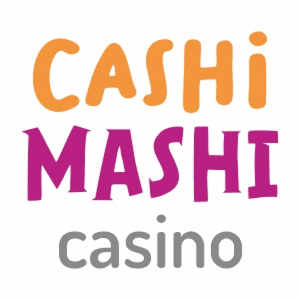
| WHERE TO PLAY? | EXCLUSIVE OFFER | DEVICES | |
|---|---|---|---|
 | UP TO €10000 + 150Free Spins | Can't MissRead Review | |
 | Wager Free 1000€ +125 Free Spins | PLAY NOWRead Review | |
 | WAGER FREE €1000 + 150 Free Spins | Register NowRead Review | |
 | 100% up to 6000€ + 100 FS | PLAY NOWRead Review | |
 | 100% Up to 850€ + 125 FS | Sign UPRead Review | |
 | 2000€ in BONUSES and 200 Free Spins | PLAY NOWRead Review | |
 | 300% bonus! Deposit €10 and receive €30 extra! | Visit NowRead Review | |
 | UP to €/$1000 +200 FREE Spins | Be The King NowRead Review | |
 | Up to 1000€ (code: AitiaTTV) | Don't MissRead Review |

